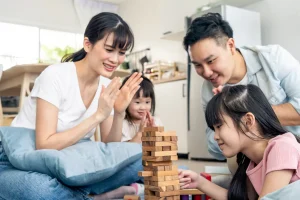The Importance Of Visual Arts Activities In Early Childhood Development
![]()
- Posted by abrakadoodle.com.sg
- Categories Early childhood development
- Date 29 August 2022
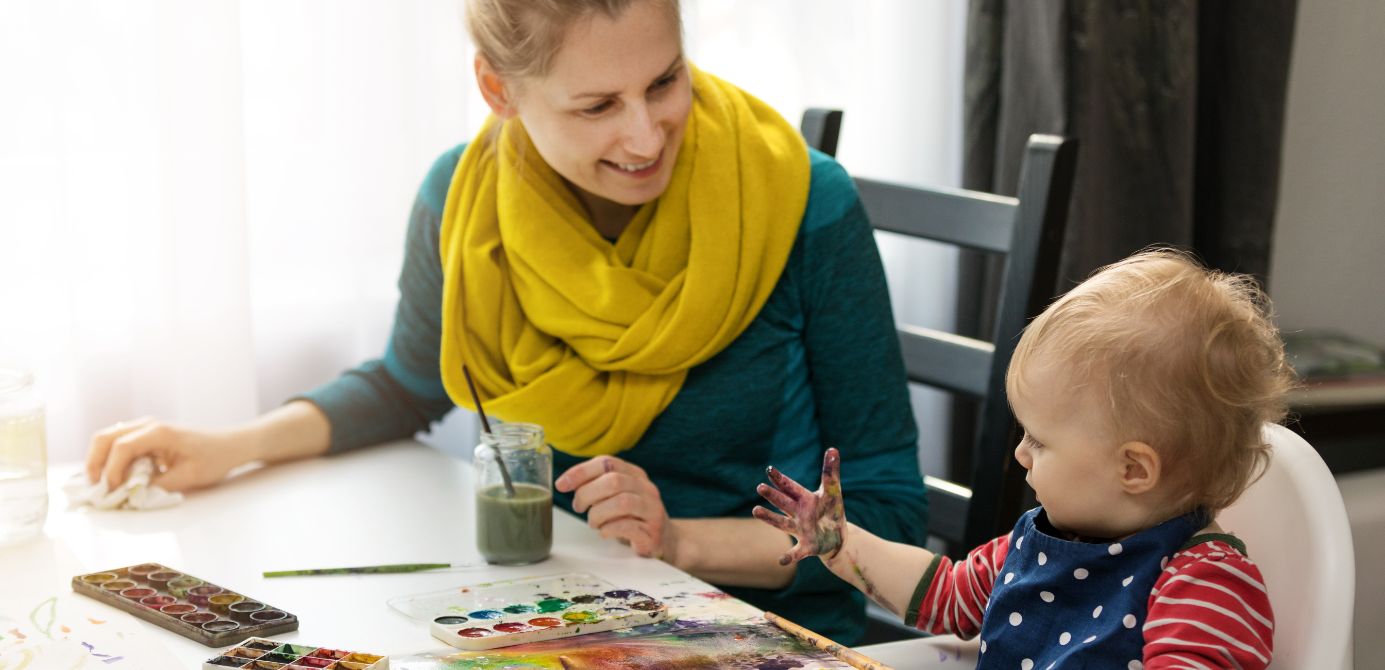
Of all the different forms of learning, visual arts education perhaps is the most preferred and effective way for children to use and express what they understand about their world. Studies indicate that once children learn to draw, sketch and scribble they will be able to try and tell you what is happening inside their minds in a language you will be able to understand. Especially when they have difficulty finding the right words to express what they’re feeling deep within.
This is why it is critical for parents to start nurturing visual arts activities at home to trigger early childhood development in an organized manner. To begin with, the benefits realized by toddlers and preschoolers will include the strengthening of their fine & gross motor skills, accelerated neural network strengthening, acquiring problem-solving skills, and improved concentration levels.
Art classes for kids at an early age will also play a major role in laying a solid foundation in acquiring other key learning skills such as reading, writing and being able to understand their world more clearly.
In addition to helping children express, process and understand their emotions, child psychologists are of the view that visual arts education develops self-esteem and increases confidence. By creating opportunities to explore and discover, you will set children free to experience a wider range of sensory information which in turn aids in long-term development.
Table of Contents
ToggleChildren love creative play
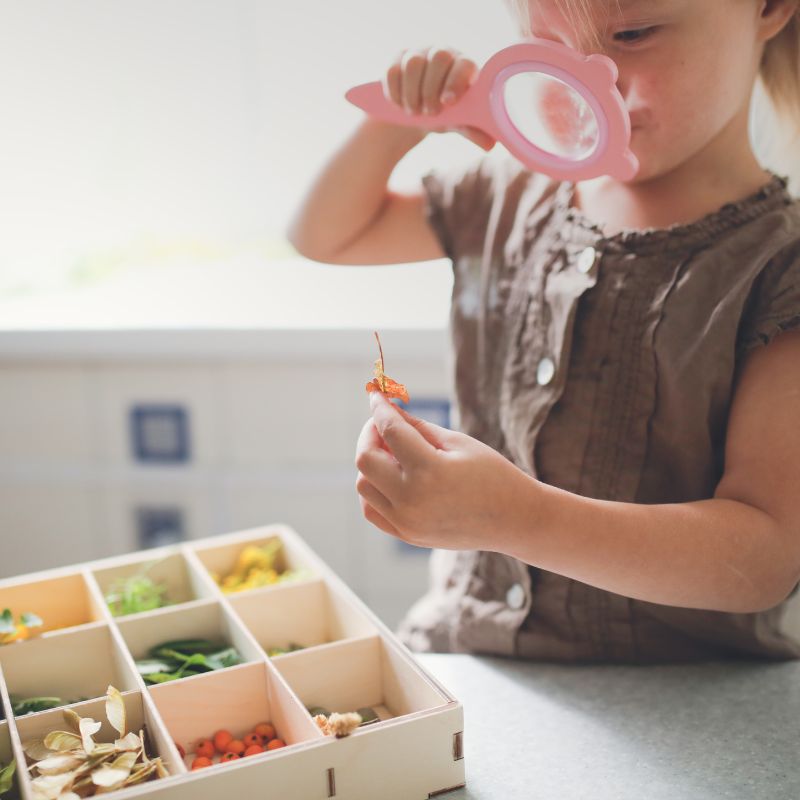
Children are born curious and there is nothing quite like play to widen their horizons. As you are aware, even from the time they are in a cradle, babies begin to explore, observe and imitate, trying to figure out how things operate and how to control themselves and their environment around them.
This naturally unrestricted opportunity for exploration and movement helps children form real-time neural connections in their brains. As they grow and gain control of their limbs, they are up and about physically checking out everything they get to see how to interact and see how best to manage what is essentially a strange new world they are living in.
Adopting visual arts in early childhood education will help support free play by giving children the opportunities to manipulate different materials in a safe, organic and unstructured way allowing experimentation to take place. These instinctive pursuits and self-directed activities will not only be fun for children but aid all-around growth as well.
Direct benefits of painting & drawing
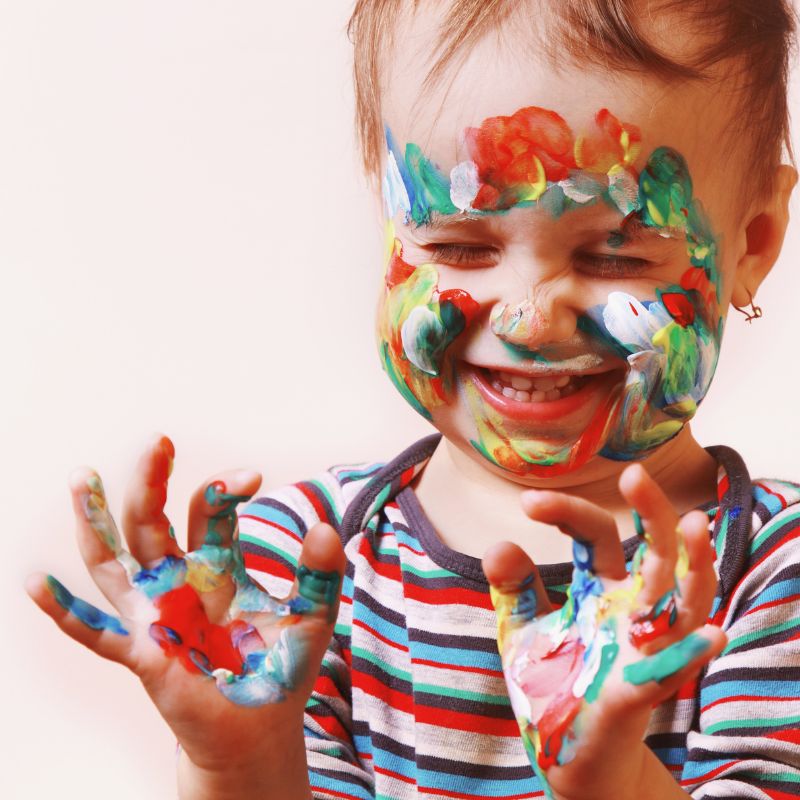
Realizing the importance of visual arts in education does not mean that you would be limiting your child’s future career options or are training him to be a painter, far from it. Your child will gain critical tools that will help her to unlock the many of her inherent capabilities which she might miss out on otherwise — exploring, discovering and developing skills in ways other activities just cannot do!
Tuning up motor skills
Grasping pencils, crayons, chalk and paintbrushes helps children develop their fine motor muscles. When they begin to enlarge the space they are working on and magnify their drawings, they experience movements. The physical movement of their hands, arms and feet helps your child with writing, buttoning a coat and other daily tasks that require controlled movements.
Cognitive development
Art can help children learn and practice skills like patterning and experience cause and effects (i.e., “when I press my crayon harder I can make colours darker”. While busy playing, your child will get to learn and practice critical thinking skills, making mental plans, imagine images of what they intend to create and how best to follow through with their plans.
Math skills
Children can learn, create and begin to understand concepts like size, shapes, make comparisons, and develop spatial reasoning. Visual arts centre is perhaps the most efficient place where children will get to learn about numbers which are essential for developing a clear understanding as they come face-to-face with mathematical concepts and their application across learning areas. Visual Arts Activities inform problem-solving and the construction and design of objects in the physical and the digital world.
Language skills
Through visual arts education, children are encouraged to describe and share their artwork, as well as the processes they instinctively follow and develop language skills. Through Visual Arts Activities, you can motivate your child to develop faster by actively listening and asking open-ended questions. It is also a great opportunity for your child to learn new vocabulary words from the projects she works on.
Nurturing the five senses
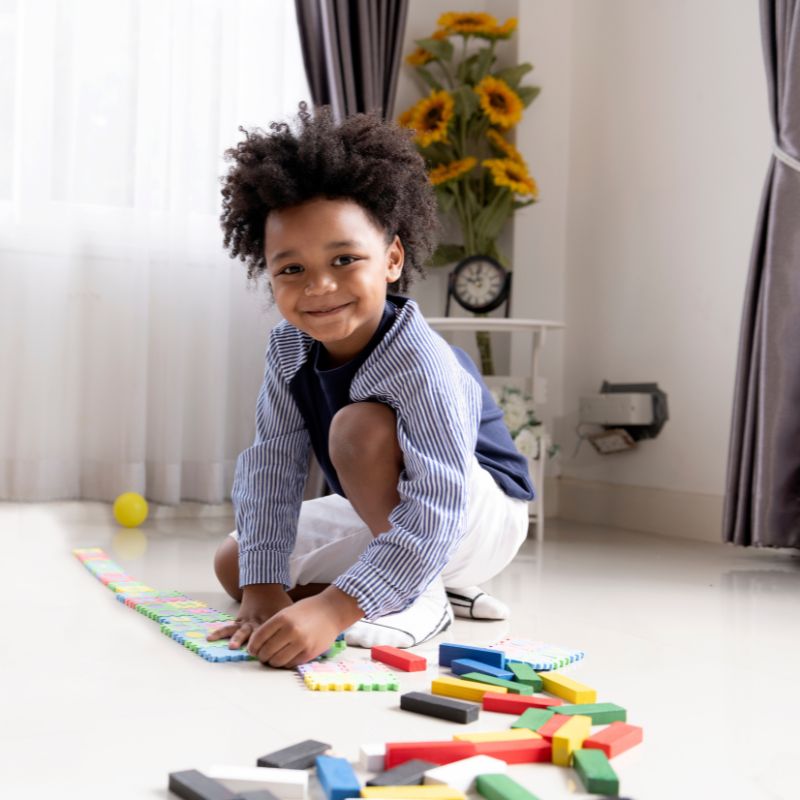
We have all heard of the five senses of perception: taste, sight, touch, smell, and sound. What we may not be aware of is the presence of a sixth sense called ‘proprioception’. This sense helps a child make correct judgements on the position of an object in space, manipulate the object by controlling the movement of limbs, sense the extent of muscle force and effort required to perform a task, and most importantly, maintain a sense of physical balance.
There are many benefits your child will realize when she actively engages in art classes for kids. Here are four of the fundamentals that enable your child to function effectively and efficiently as she grows up:
Help your child develop physically
Art and craft activities at a Visual arts centre help support and develop fine & gross motor skills and improve a child’s hand and eye coordination. Bear in mind, there children are spending more and more of their time interacting with digital devices, which means, sooner than later, your toddler’s time will be devoted to viewing screens by default!
If not corrected at an early stage, your child may have fewer opportunities to develop her hand and finger strength. This could slow her ability to complete everyday tasks on her own — dressing by herself, tying a shoelace, catching and throwing a ball, writing, brushing her teeth, bathing… the list is endless.
Help your child manage emotions
Being able to express how one feels is a big advantage when you are a little child. Doing it with clarity is difficult even for some adults. Your child may be experiencing new feelings and does not know what these feelings are. A visual arts centre allows your child to bring these feelings out into the open, and will be helping her make sense of and understand these deeply felt feelings. This also helps build self-confidence in your child to efficiently manage her feelings and emotions.
Visual arts centre activities that help to describe different emotions and situations: role-playing, storytelling, drawing, modelling and painting.
Help your child master social skills
The fundamental understanding that other people are different from us is a big leap in learning for children. Creative art activities that your child will be involved in at a visual arts centre help demonstrate to your child that her peers will do things differently from herself, even when given the same resources. It also helps your child to reconcile quickly that it is OK to be different from others.
Play activities at a visual arts centre are a great way to help build friendships and strengthen bonds between you and your child as well as with her friends. Visual arts centre activities that help develop social skills: singing, dancing, acting, drawing, creating models, and nature walks are all great ways to help friendship and bonding.
Help your child increase IQ
Creative art activities at a visual arts centre help your child to develop many thinking skills. As stated earlier, these skills include problem-solving, developing imagination, concentration and critical thinking skills. By playing with different materials and tools, and discovering new concepts and techniques, your child will be able to comprehend basic mathematics and science concepts and develop her own ideas.
By practising these skills during the early years of her life, your child will be able to adapt and transfer these crucial skills to other curriculum areas as she gets older.
Your child’s wellbeing

Everyone is getting busier and busier these days, and a child’s life is incredibly busy too. Switching from one activity to another also puts a child under increasing pressure as she tries to cope and be good at everything.
So it will be of great help to your child if you set aside a fixed time every day. Where you decide to be led by your child, to be playful and have fun together. No goals to meet, no hidden agendas, and never a waste of your precious time.
Being in the moment, enjoying the time together and giving your child your total attention is the best way of getting to know your child, bonding with her, and cherishing those shared experiences. Wonderful memories that will stay with you forever.
The fundamental purpose of visual arts activities at a visual arts centre is to inspire, instruct and support the pursuit of knowledge and not stifle it. Hence it is worth reminding, that learning is not driven by fear but by the desire to play!
About Abrakadoodle
This is the kind of Process Art learning experience that inspire children to think different, be innovative, and devise ways that teach them interesting ways to learn and interact with things found in the real world. Changing the way they discover and imagine. Igniting their minds to think, play and learn like never before.
If you like to enrol your child in our visual art classes or participate in cognitive learning activities, give Abrakadoodle a call. Or better still, make an appointment with the head of a centre near you.
Get hands-on trial exposure to an experience that will make you see Visual Arts Activities as a way that adds value to a child’s life.
Please note: Abrakadoodle classrooms are thoroughly sanitized every day — the tables, the chairs, the children’s activity stations and everything else the child might touch is made safe and clean. They also wear a mask, wash their hands frequently, and practice social distancing.
Frequently Asked Questions
Benefits of visual arts in early childhood education:
1. Strengthening fine & gross motor skills
2. Builds neural networks
3. Stimulates problem-solving skills
4. Increases concentration power.
5. Boosts self-esteem
Fundamental types of creative visual arts include:
1. Painting
2. Drawing
3. Sculpture making
4. Art & crafts
5. Photography
You may also like
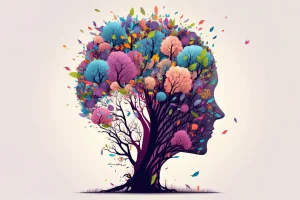
The Impact Of Colour On A Child’s Development
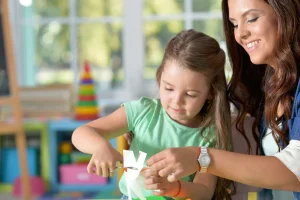
How Collage-making Activity Helps A Child To Think Creatively
